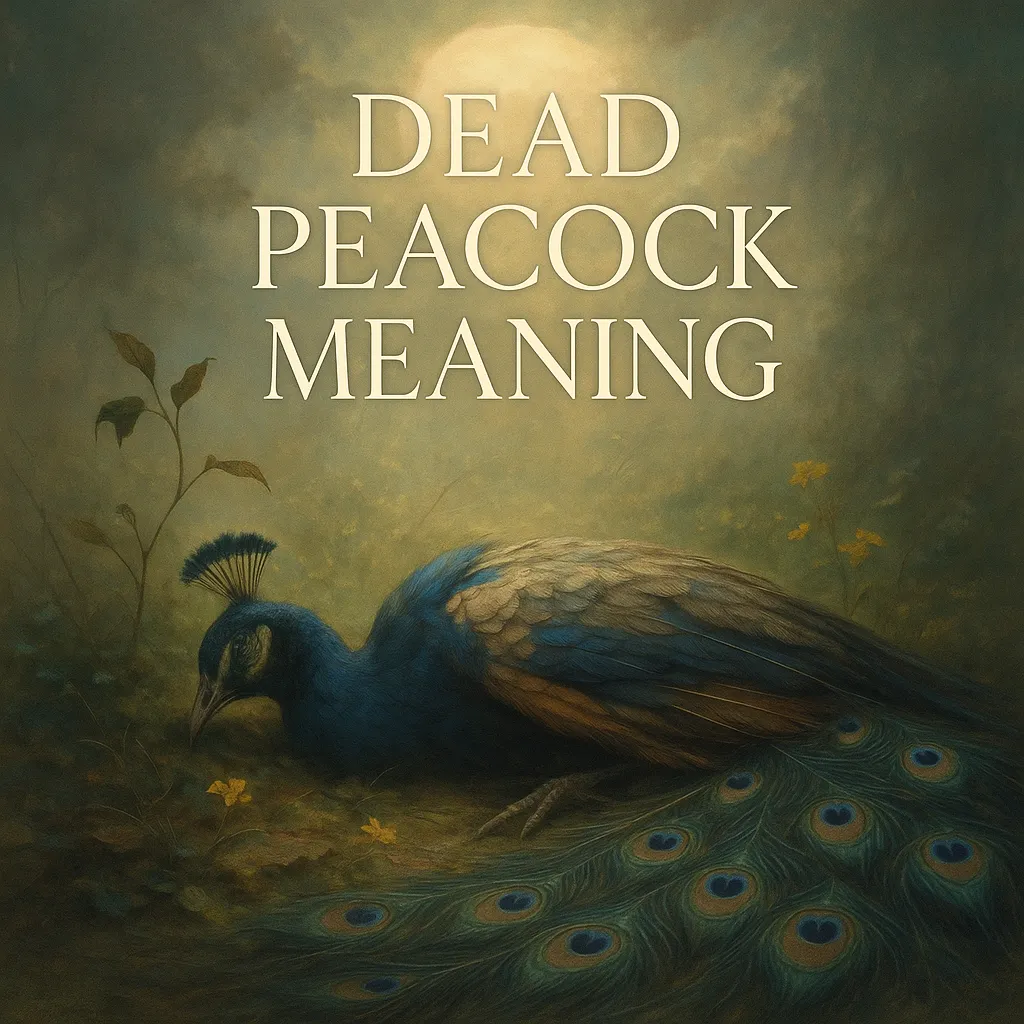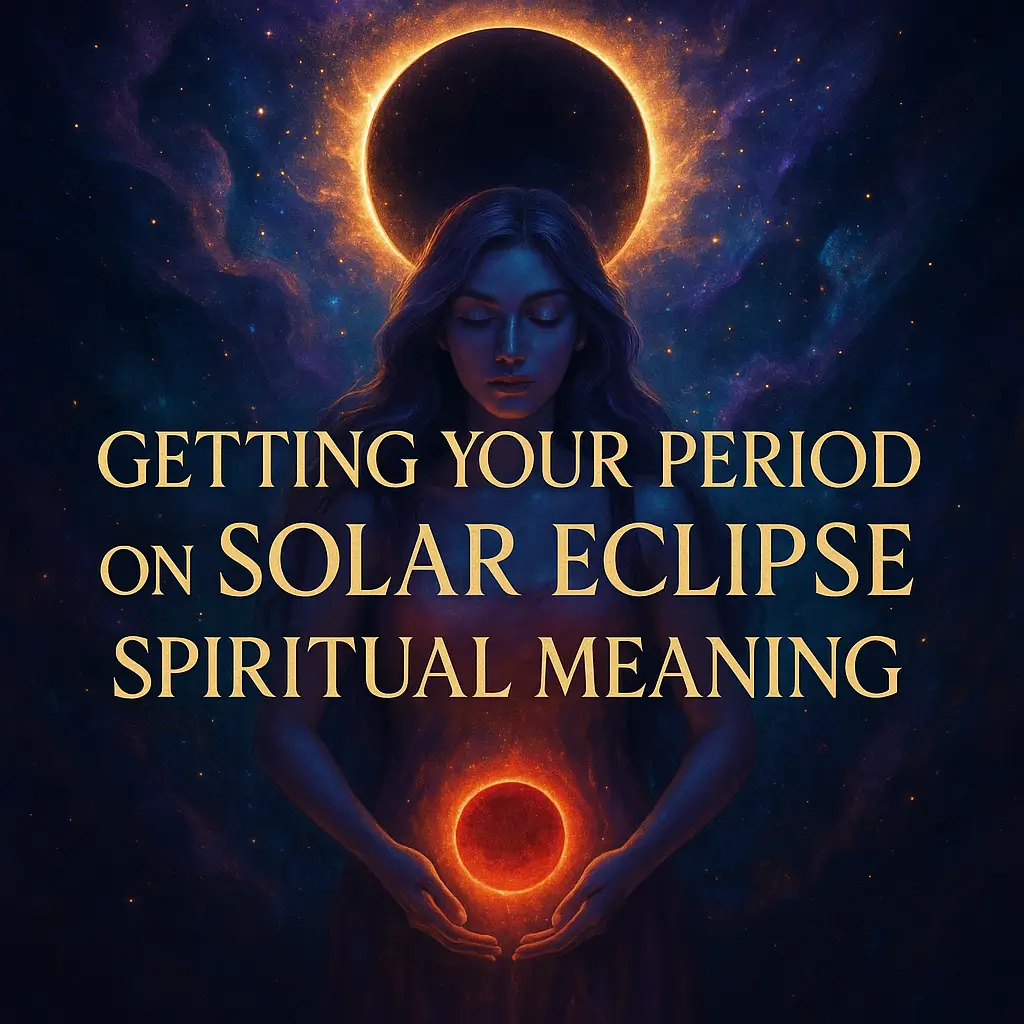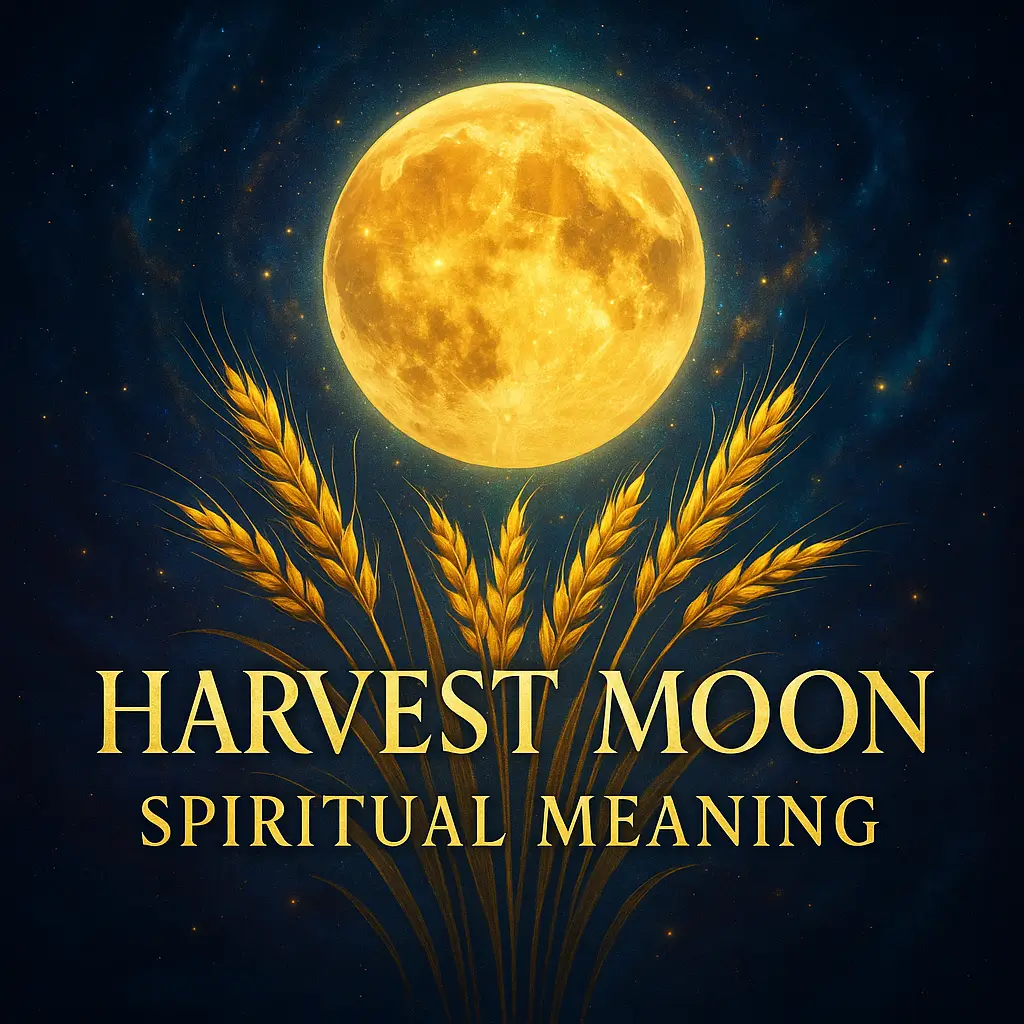When the magnificent peacock—a symbol of pride, beauty, and immortality—lies lifeless before us, the universe offers a profound spiritual message that transcends our initial shock or sadness. Throughout history, cultures worldwide have viewed the peacock’s vibrant display as a reflection of divine consciousness and eternal cycles. In death, this spiritual significance doesn’t diminish but transforms, creating a potent symbol that bridges the seen and unseen realms.
The peacock’s journey from radiant life to stillness mirrors our own spiritual evolution, where endings become doorways to new beginnings. As we explore the dead peacock meaning across traditions and personal experience, we uncover ancient wisdom that speaks directly to our modern quest for purpose through life’s inevitable transitions.
Table of Contents
- 1 Key Takeaways
- 2 The Peacock in Spiritual Traditions
- 3 Dead Peacock as Spiritual Messenger
- 4 Dead Peacock in Dreams: Interpretations and Meanings
- 5 Cross-Cultural Death Symbolism of Peacocks
- 6 Omens and Superstitions Around Dead Peacocks
- 7 Personal Transformation Through Peacock Death Symbolism
- 8 FAQ
- 9 Sources
Key Takeaways
- A dead peacock symbolizes necessary spiritual transformation, representing the ending of one cycle before renewal can begin.
- Across religious traditions, peacocks in death represent the soul’s immortal nature, particularly in Christianity, Hinduism, and Buddhism.
- Encountering a dead peacock in dreams often signals the need to release false pride or superficial aspects of yourself that no longer serve your growth.
- The peacock’s mythical ability to transform poison into beauty offers a powerful metaphor for transmuting grief and suffering into wisdom.
- Rather than being solely negative, dead peacock symbolism invites us into deeper spiritual awareness by thinning the veil between physical and spiritual realms.
The Peacock in Spiritual Traditions
Peacock Symbolism in Living Form
The living peacock represents far more than mere physical beauty. Across cultures, the peacock’s magnificent display symbolizes spiritual awakening and divine vision. When a peacock unfurls its tail, the hundreds of iridescent “eyes” are said to represent the stars, the all-seeing nature of the divine, or the awakened soul that has achieved spiritual enlightenment. In Hinduism, the peacock is the vahana (vehicle) of Saraswati, goddess of knowledge, indicating how beauty serves as a pathway to wisdom.
The bird’s confidence in displaying its full glory also represents the courage required in the spiritual journey—the willingness to be fully seen in one’s authentic nature. This living symbolism forms the foundation for understanding how these meanings transform when the peacock journeys into death.
How Death Transforms Peacock Symbolism
When a peacock dies, its symbolism undergoes a powerful alchemical change. The once-vibrant display of feathers becomes a reminder of impermanence, yet paradoxically, it’s in this very transition that the peacock’s spiritual significance deepens. The contrast between its former glory and current stillness creates a poignant meditation on the nature of existence.
In death, the peacock no longer represents outward beauty but inner transformation. The bird famous for its display now teaches us about the spiritual necessity of surrender and letting go. This symbolic reversal makes the dead peacock a particularly potent spiritual messenger—its meaning doesn’t just diminish but evolves into something more profound, representing the soul’s journey beyond physical form.
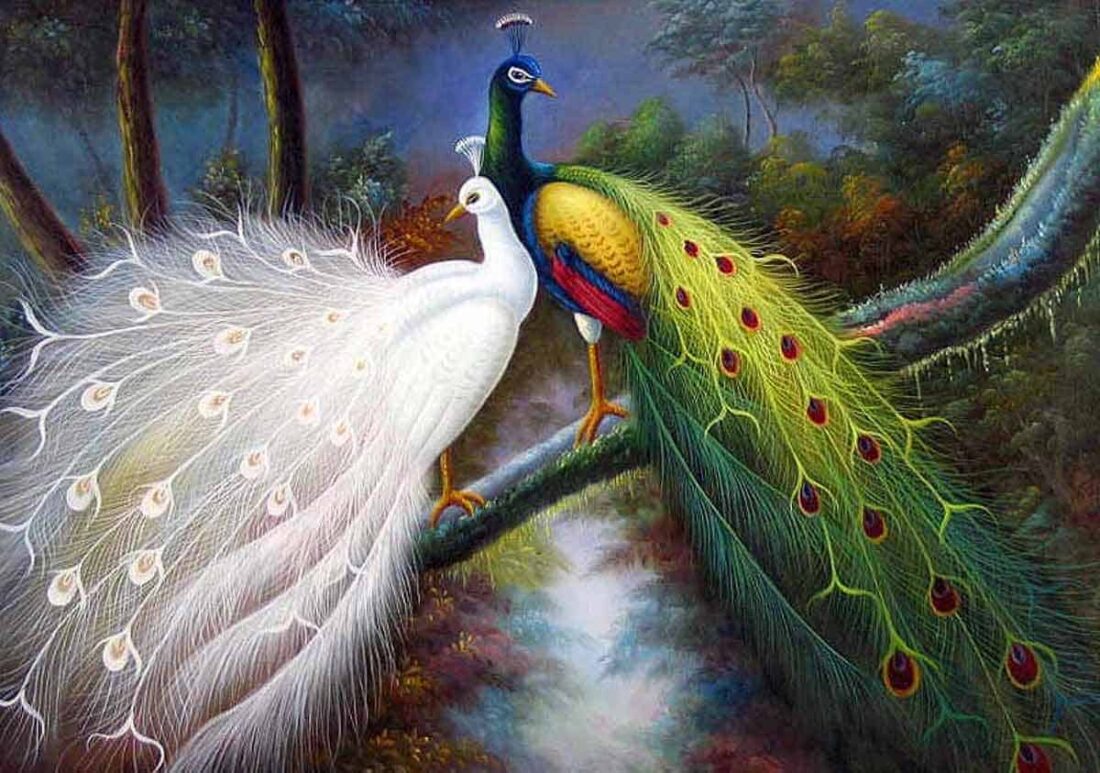
Key Cultural and Religious Interpretations
Christianity views the peacock as a symbol of resurrection and immortality. Early Christians believed peacock flesh didn’t decay after death, making it a powerful symbol of Christ’s resurrection. In medieval Christian art, dead or molting peacocks represented spiritual rebirth and the immortality of the soul.
In Hindu tradition, Lord Krishna wears a peacock feather in his crown, symbolizing the divine play of creation and dissolution. When a peacock dies, it’s seen as part of this cosmic dance—a necessary transition before renewal. The Hindu deity Kartikeya rides a peacock, representing the soul’s victory over earthly obstacles, including death itself.
Buddhist teachings highlight the peacock’s legendary ability to eat poisonous plants and transform them into the beautiful colors of its feathers. A dead peacock therefore symbolizes the ultimate spiritual transformation—the complete transmutation of suffering into wisdom, reminding practitioners that even death is part of the journey toward enlightenment.
Dead Peacock as Spiritual Messenger
Transition Between Realms
A dead peacock often appears at pivotal moments in one’s spiritual journey, symbolizing the thinning veil between physical and spiritual realms. Ancient traditions considered peacocks to be psychopomps—beings that guide souls between worlds—making their presence in death particularly significant. The peacock’s ability to move between realms in mythology makes it a perfect messenger during life transitions.
Many who encounter dead peacocks report that these experiences coincide with major life changes: career shifts, relationship endings, or spiritual awakenings. One practitioner shared how finding a peacock feather the day after dreaming of a dead peacock preceded her decision to leave corporate life for spiritual teaching—the bird had become a messenger marking her transition.
This liminal quality makes the dead peacock a profound symbol for those navigating the space between endings and beginnings, the known and unknown, offering guidance when we stand at life’s thresholds.
Divine Warning and Protection
The appearance of a dead peacock carries a dual message of caution and protection. In some traditions, it warns against the dangers of excessive pride or vanity—a reminder that external beauty fades. However, this warning isn’t meant to instill fear but to redirect attention toward eternal values and inner beauty.
Different cultures interpret this warning aspect in unique ways. Middle Eastern traditions see the dead peacock as a caution against hubris, while Native American perspectives might view it as an environmental warning or message from ancestors. In Victorian England, peacock feathers from deceased birds were considered extremely unlucky to bring indoors—believed to carry the “evil eye” pattern.
Paradoxically, these same feathers were used in protective rituals across cultures. In India, smoke from burning peacock feathers was used to cleanse spaces of negative energy, while Romani healers incorporated them in protective amulets. This dual nature reflects the peacock’s role as both warner and protector—alerting us to spiritual dangers while simultaneously offering divine protection.
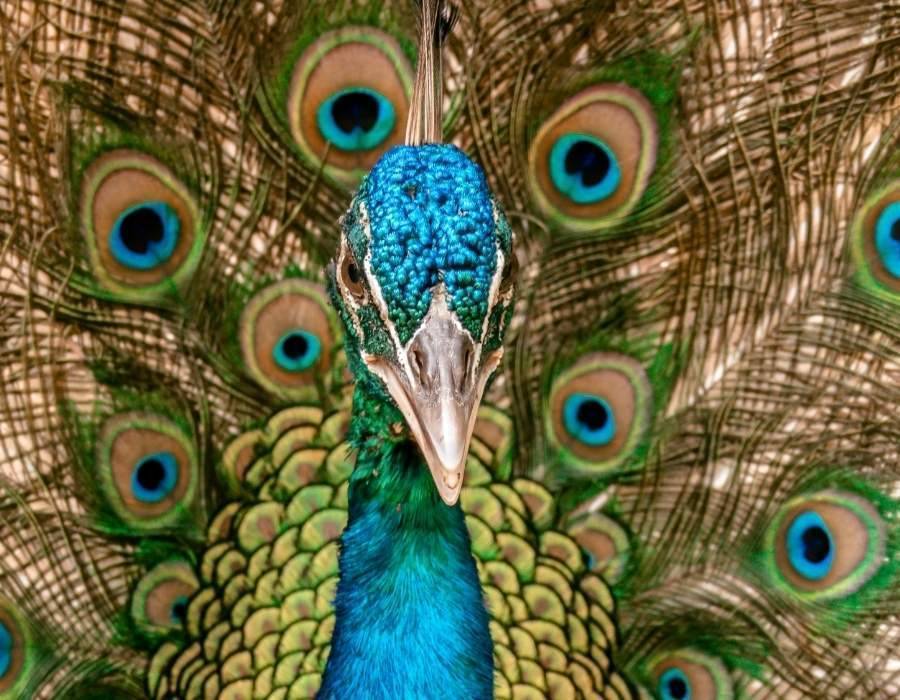
Renewal Through Decay
The peacock’s annual molting process provides a perfect metaphor for spiritual transformation through death. Just as the peacock must shed its magnificent feathers to grow new ones, we too must release outward displays and ego attachments to experience spiritual renewal. The dead peacock reminds us that certain aspects of ourselves must “die” before new growth can emerge.
This principle extends beyond individual growth to collective transformation. Communities experiencing upheaval might encounter dead peacock symbolism as reassurance that current difficulties serve a greater purpose in their collective evolution.
Spiritual practices inspired by this symbolism include release rituals where participants write what they need to let go of on paper shaped like peacock feathers, then burn or bury them in ceremony. Others practice visualization meditations where they imagine themselves as peacocks shedding old feathers, embodying the peaceful acceptance of necessary endings.
Dead Peacock in Dreams: Interpretations and Meanings
Common Dream Scenarios and Their Meanings
Finding a dead peacock unexpectedly in your dream often symbolizes the sudden recognition of false pride or illusions you’ve been harboring. This scenario invites honest self-reflection about where you might be valuing appearance over substance in your waking life. The shock of discovery represents the moment of awakening to a deeper truth.
Witnessing a peacock die in your dream suggests you’re actively in the process of shedding an outdated self-image or belief system. This can be emotionally challenging but ultimately liberating as you watch the transformation unfold in real-time. The peacock’s manner of death often provides additional insight—a peaceful passing suggests natural evolution, while traumatic deaths might indicate resistance to necessary change.
Dreams where you interact with or carry a dead peacock reflect your willingness to confront difficult truths and honor death’s messages. This dream indicates you’re not just witnessing transformation but actively participating in it, carrying its wisdom forward. Similarly, dreams of peacocks losing their feathers or color before death represent the gradual recognition of life’s impermanence and the stripping away of superficial concerns.
Psychological Perspective on Dead Peacock Dreams
From a Jungian perspective, the peacock in dreams represents the authentic self or soul, with its brilliant display symbolizing the full expression of one’s unique gifts. When this peacock dies in dreams, it often signals ego dissolution—the necessary breaking down of false identities before spiritual integration can occur.
This interpretation connects deeply to shadow work, as the dead peacock often represents aspects of ourselves we’ve denied or rejected. Dreams of dead peacocks frequently appear during periods of psychological growth when we’re ready to confront hidden aspects of our psyche.
The peacock’s transition from beauty to decay mirrors our own journey of coming to terms with our complete humanity—both the aspects we proudly display and those we prefer to keep hidden. This psychological death becomes the foundation for authentic rebirth and integration.
Interpreting Context and Emotions
Your emotional response in the dream drastically changes its interpretation. Feeling peace or acceptance while encountering a dead peacock suggests readiness for transformation, while fear or disgust might indicate resistance to letting go of familiar but limiting self-concepts.
The setting of the dream provides crucial context. Finding a dead peacock in your home suggests transformation in your personal life or self-image, while discovering one in the wild might relate to changes in your spiritual journey or connection to nature. A dead peacock in a sacred space often heralds significant spiritual awakening or initiation.
Recurring dead peacock dreams deserve special attention, as they typically follow a progression. The first dreams might emphasize shock or loss, while subsequent dreams often reveal new perspectives or gifts emerging from the transformation. Tracking this evolution provides insight into your spiritual development through challenging transitions.
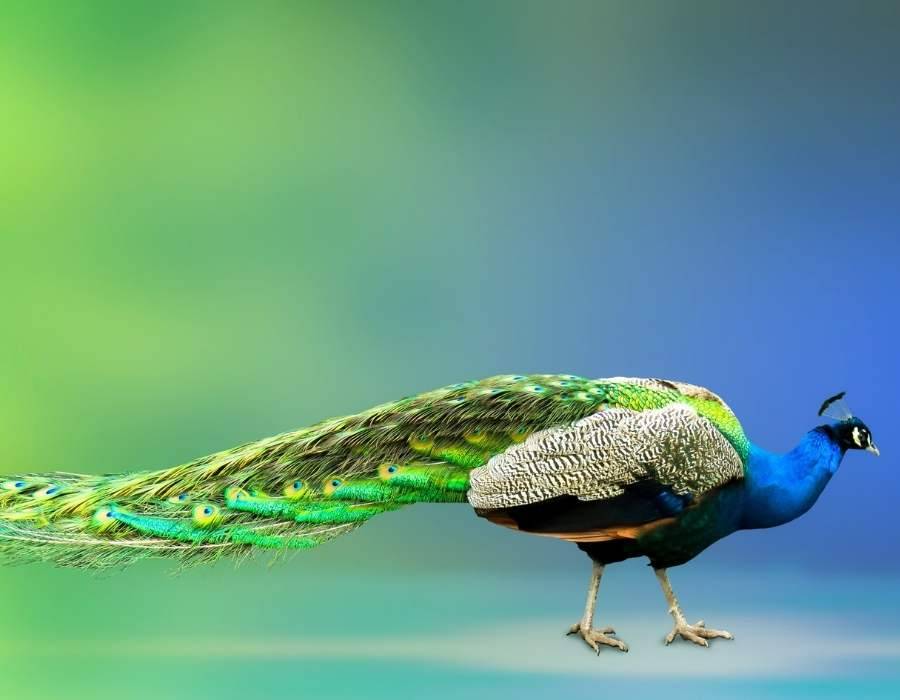
Cross-Cultural Death Symbolism of Peacocks
Ancient Christian Iconography
Early Christian writings, particularly those of St. Augustine in his “City of God,” mention the peacock’s flesh supposedly resisting decomposition, making it a powerful symbol of immortality and Christ’s resurrection. This belief gave the peacock special significance in death—rather than representing an ending, the dead peacock embodied the promise of eternal life.
This symbolism appears throughout early Christian catacombs, where peacock imagery accompanied the deceased, offering hope of resurrection. The eyes on the peacock’s feathers represented divine omniscience that persists beyond physical death—the all-seeing nature of God that watches over souls in both life and afterlife.
The peacock’s annual molting and renewal of feathers further reinforced this connection to resurrection, making the dead or molting peacock a particularly potent symbol of the Christian promise that death leads to eternal life.
Hindu and Buddhist Traditions
In Hindu cosmology, the peacock connects deeply to samsara—the continuous cycle of birth, death, and rebirth. The dead peacock serves as a reminder that death is not an ending but a transition point in the soul’s eternal journey. Krishna’s peacock feather crown symbolizes divine playfulness that transcends death’s apparent finality.
Buddhist traditions, particularly in Tibet, venerate Mahamayuri, the peacock wisdom goddess who transforms suffering. Her mythology centers on the peacock’s ability to eat poison and transform it into beauty—a metaphor for how the enlightened mind transmutes even death into wisdom.
Both traditions view the dead peacock not as an omen of misfortune but as a teaching on impermanence and the true nature of reality beyond physical forms. Meditating on the image of a dead peacock reminds practitioners that all manifestations, however beautiful, are temporary expressions of an eternal essence.
Middle Eastern and Asian Perspectives
Persian and Arab folklore presents a more complex view of peacocks. In some narratives, the peacock helped the serpent enter Eden, connecting it to both paradise and fallen pride. A dead peacock might therefore symbolize the consequences of vanity or the necessary humbling that precedes spiritual redemption.
Chinese artistic traditions portray peacocks alongside peonies as symbols of dignity and beauty that transcend physical death. In this context, the dead peacock represents noble qualities that outlive the individual, becoming part of their lasting legacy.
Japanese art features the peacock as a symbol of immortality, with its death representing not an ending but a transformation into a more purified spiritual form. This perspective influenced Japanese funeral arts, where peacock motifs remind mourners of the soul’s continued journey beyond physical form.
Modern Spiritual Interpretations
Contemporary spiritual movements have developed nuanced interpretations of dead peacock symbolism. Eco-spirituality often views peacock deaths as environmental omens—calls to protect biodiversity and recognize the sacred interconnection of all life forms. The decline of peacock populations in their native habitats has given this interpretation particular resonance.
New Age traditions might interpret dead peacock encounters as messages from spirit guides or signs of kundalini awakening, where the peacock represents the rising spiritual energy transforming consciousness. The peacock’s association with the third eye and vision beyond ordinary reality makes it especially significant in these contexts.
Social media has created new ways of sharing and interpreting dead peacock encounters, with spiritual communities developing collective interpretations based on shared experiences. This democratization of spiritual interpretation allows for greater personal resonance while maintaining connection to traditional wisdom.
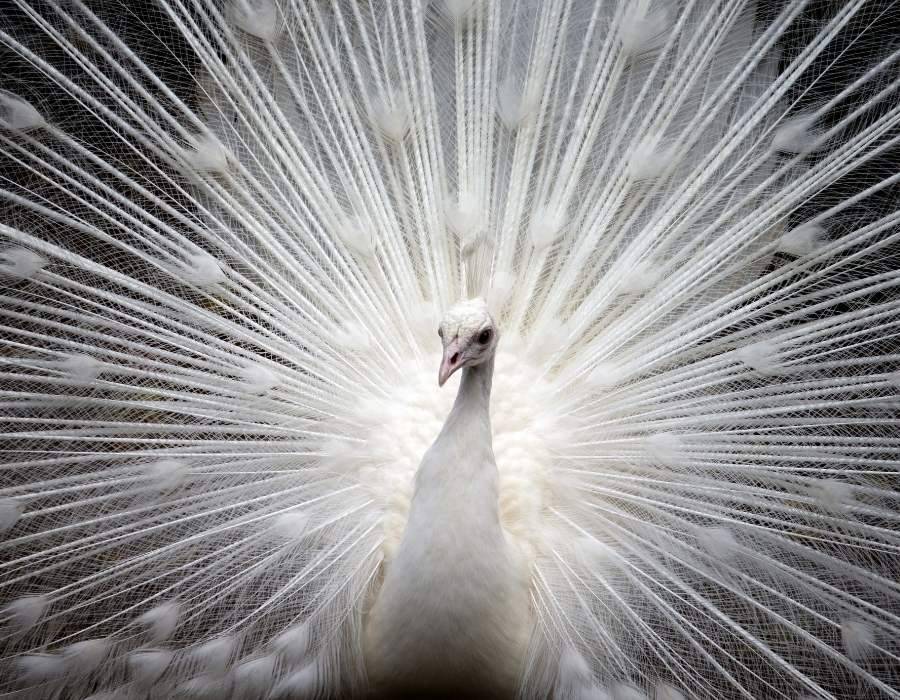
Omens and Superstitions Around Dead Peacocks
Historical Beliefs and Taboos
Victorian-era superstitions about peacock feathers from deceased birds were particularly strong in theatrical settings, where actors refused to have them onstage. This taboo originated from the belief that the “eyes” on the feathers carried the evil eye, bringing misfortune to performances. Some theaters maintain this superstition today, showing the persistence of these beliefs.
The association with prideful downfall appears in European folklore, where finding a dead peacock warned against vanity and hubris. This connection stems from biblical interpretations of pride as preceding a fall, with the peacock—a symbol of vanity—in death representing the inevitable consequences of excessive pride.
Cultural taboos around handling peacock remains varied widely, with some traditions requiring specific rituals for proper disposal to honor the bird’s spiritual significance. Not following these protocols was believed to invite misfortune or prevent the peacock’s spirit from continuing its journey.
Regional Variations in Interpretation
Geographic location significantly influences dead peacock omens. In India, where peacocks are national birds, finding a deceased peacock might be interpreted as a message from the divine, particularly relating to upcoming rains or agricultural prosperity, as peacocks are associated with monsoon seasons.
Western interpretations often emphasize the warning aspects—seeing the dead peacock as a caution against pride or attachment to worldly beauty. Eastern traditions, particularly in Buddhist countries, more frequently highlight the transformative aspects, viewing the dead peacock as a teaching on impermanence and non-attachment.
Indigenous wisdom traditions, particularly those with strong bird symbolism, might interpret dead peacocks as messengers from ancestor spirits or omens of community transformation. The specific message depends on tribal traditions and the circumstances of the encounter.
Distinguishing Superstition from Spiritual Insight
Critical thinking plays an essential role in interpreting dead peacock omens. While honoring traditional wisdom, we must distinguish between fear-based superstition and genuine spiritual insight. The key difference often lies in whether the interpretation empowers or disempowers—authentic spiritual messages typically offer growth opportunities rather than simple fatalism.
Balancing traditional wisdom with personal intuition creates the most meaningful interpretations. While ancient traditions provide valuable frameworks, your own emotional and intuitive response to the dead peacock determines its significance in your unique spiritual journey.
When considering potential warnings, examine whether they arise from cultural conditioning or authentic inner knowing. True spiritual warnings typically come with a sense of calm certainty rather than anxious fear, and they often provide guidance for navigation rather than merely predicting doom.
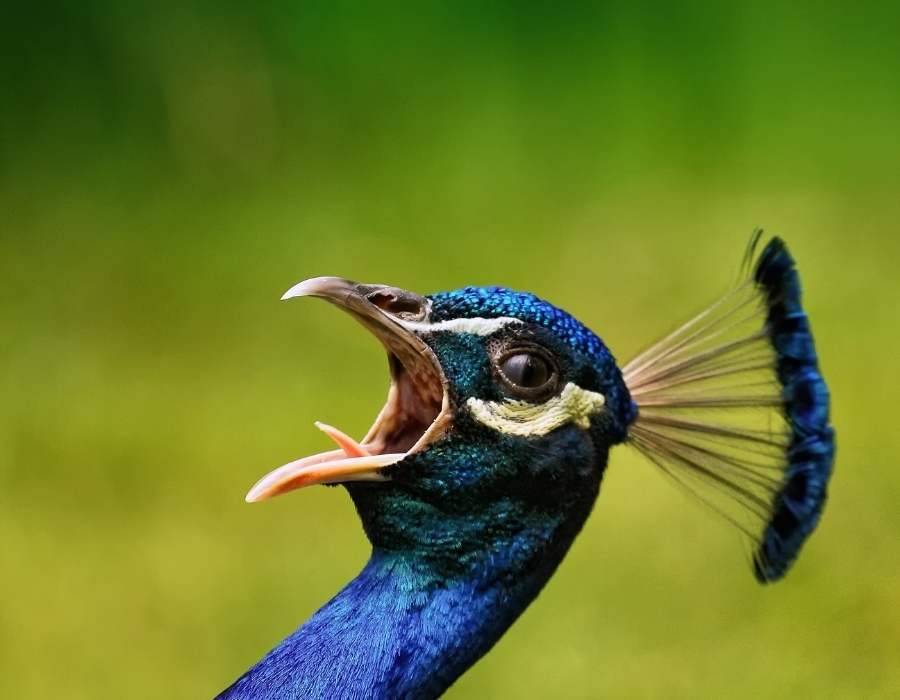
Personal Transformation Through Peacock Death Symbolism
Embracing Necessary Endings
Peacock death symbolism offers powerful support for letting go of outdated aspects of identity. Just as the peacock must release its magnificent feathers during molting, we too must surrender what once defined us to grow into new expressions of self. This spiritual principle of necessary release becomes tangible through the peacock metaphor.
Many resist letting go of familiar self-concepts, even when they no longer serve growth. The dead peacock reminds us that holding onto past glory—whether accomplishments, relationships, or beliefs—can prevent fresh manifestations of our essential nature from emerging.
Recognizing resistance to change often begins with noticing where we feel most defensive or attached. These attachments might appear as defining stories we tell about ourselves, roles we’re reluctant to outgrow, or appearances we maintain at great cost. The peacock’s surrender of its most magnificent feature—its tail display—teaches that true spiritual maturity includes willingness to release even our most cherished self-images.
FAQ
Is finding a dead peacock always a bad omen?
No, finding a dead peacock isn’t inherently negative. While some traditions view it as a warning against pride, many spiritual perspectives consider it a powerful symbol of transformation and necessary endings that precede new beginnings. The context and your intuitive response are key to determining its specific meaning for you.
What does it mean to dream about a dead peacock?
Dreams of dead peacocks typically symbolize the end of false pride or superficial beauty, inviting authentic self-expression. They often appear during periods of identity transformation, suggesting you’re releasing outdated self-images. Pay attention to your emotions and the dream setting for deeper personal insights.
Are peacock feathers from deceased birds unlucky to keep?
This belief varies across cultures. Victorian superstitions considered them unlucky, particularly in theaters, due to the “evil eye” pattern. However, many spiritual traditions value peacock feathers as protective talismans. If ethically obtained, their power depends largely on your intention and cultural context.
How can I honor a dead peacock I’ve encountered?
Approach with reverence and offer a moment of silence or gratitude for its message. If legally permitted, you might collect a single feather as a spiritual token. Consider creating a small ritual with elements representing transformation, or journal about what aspects of your life are transforming.
